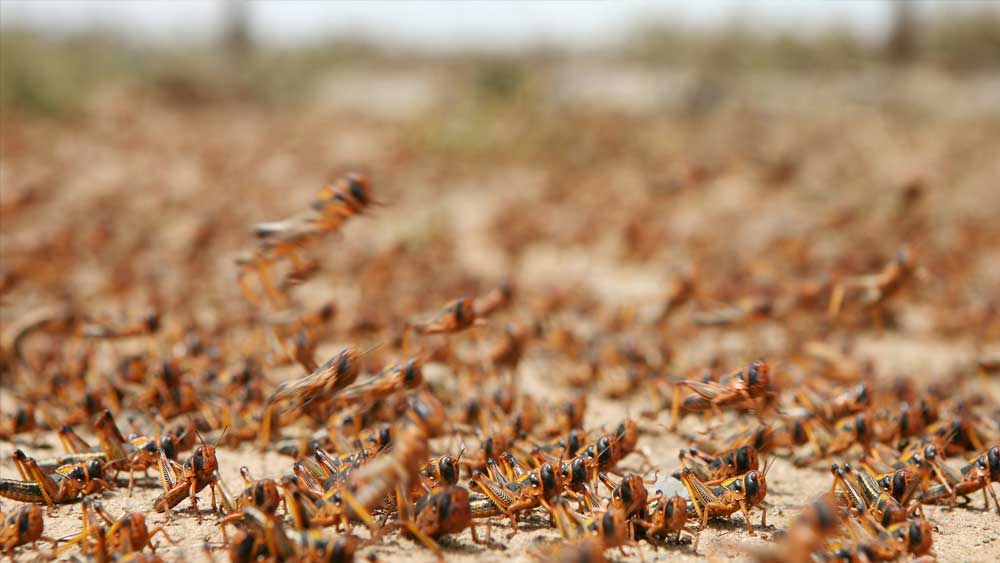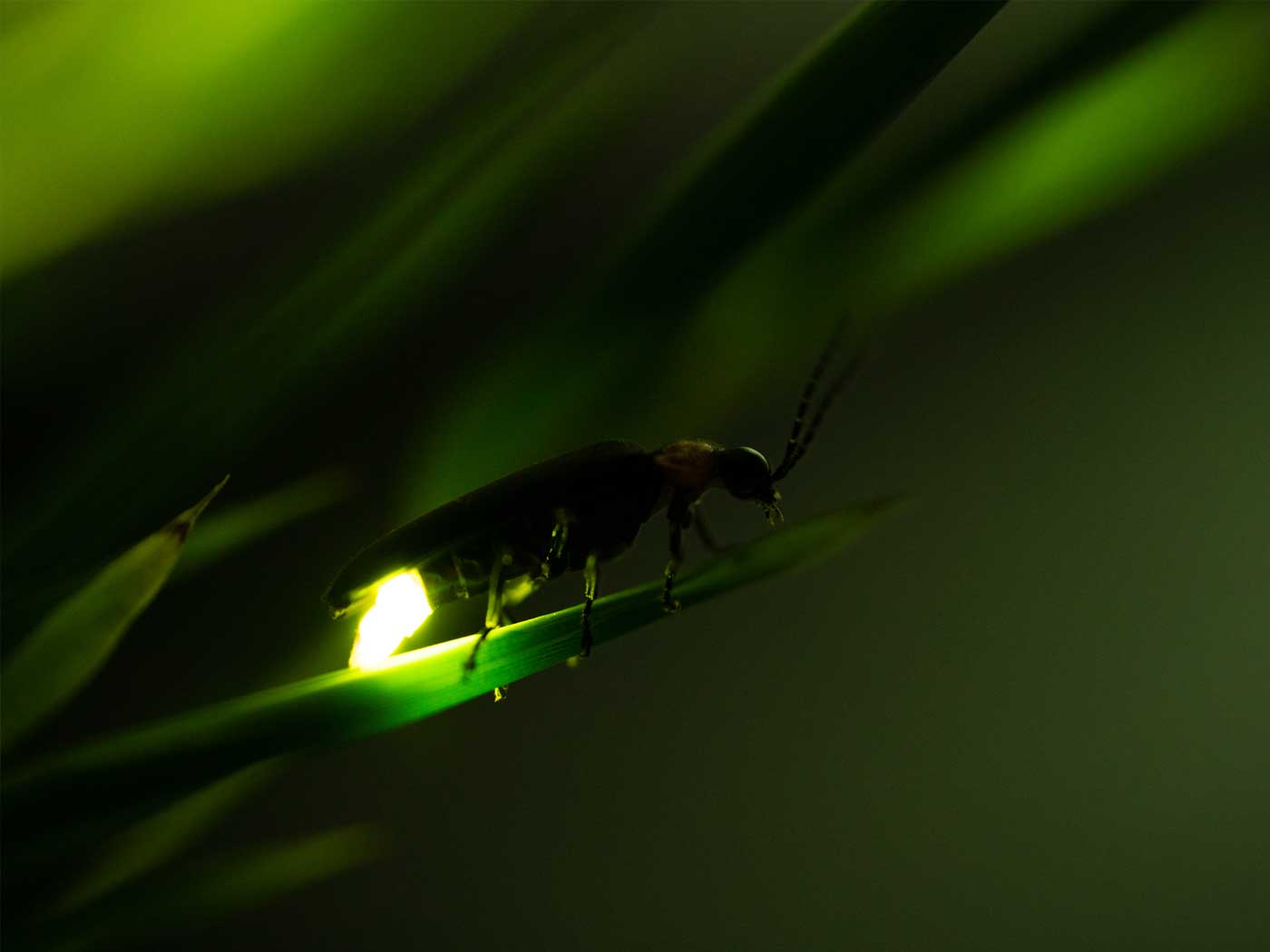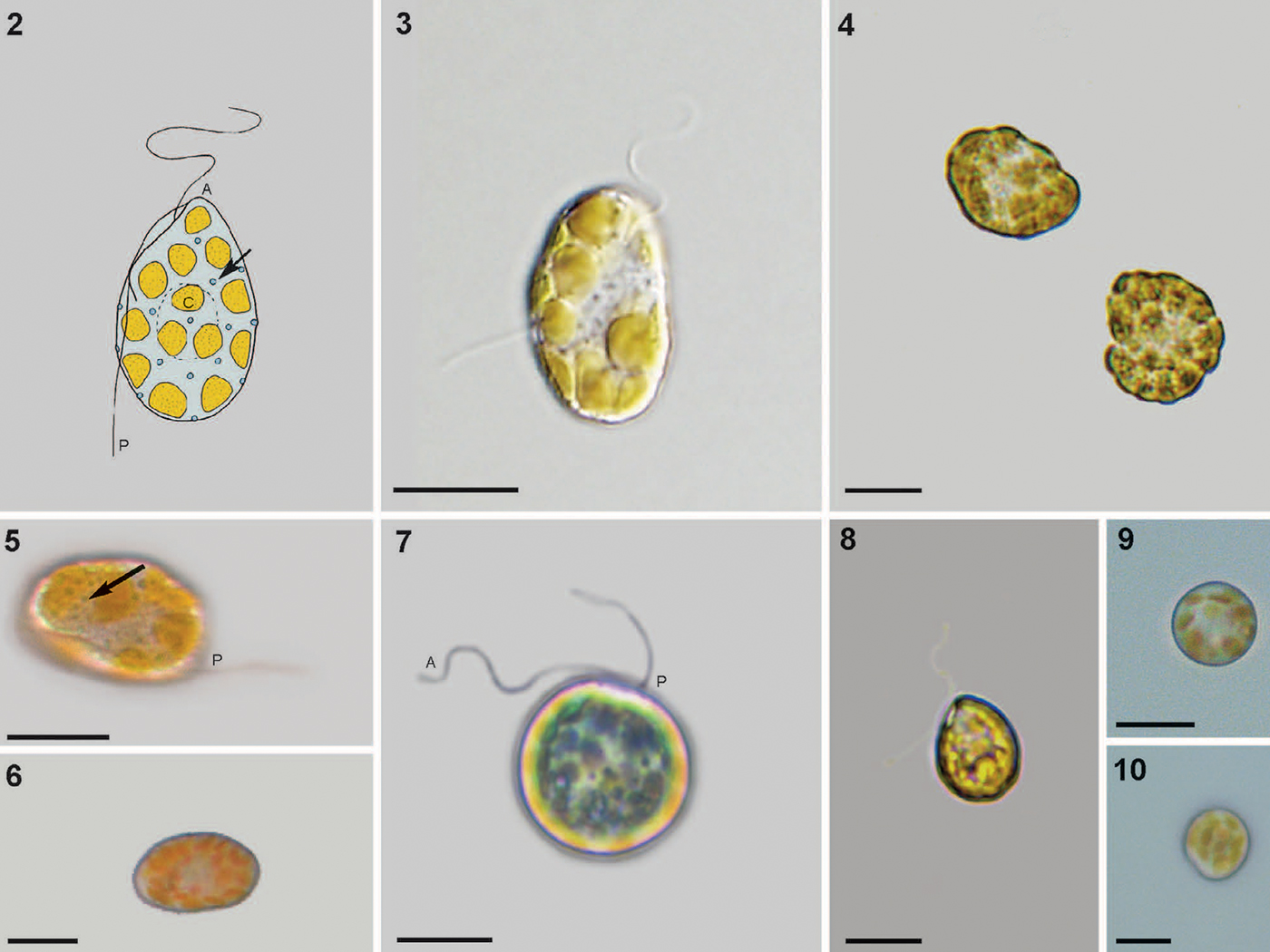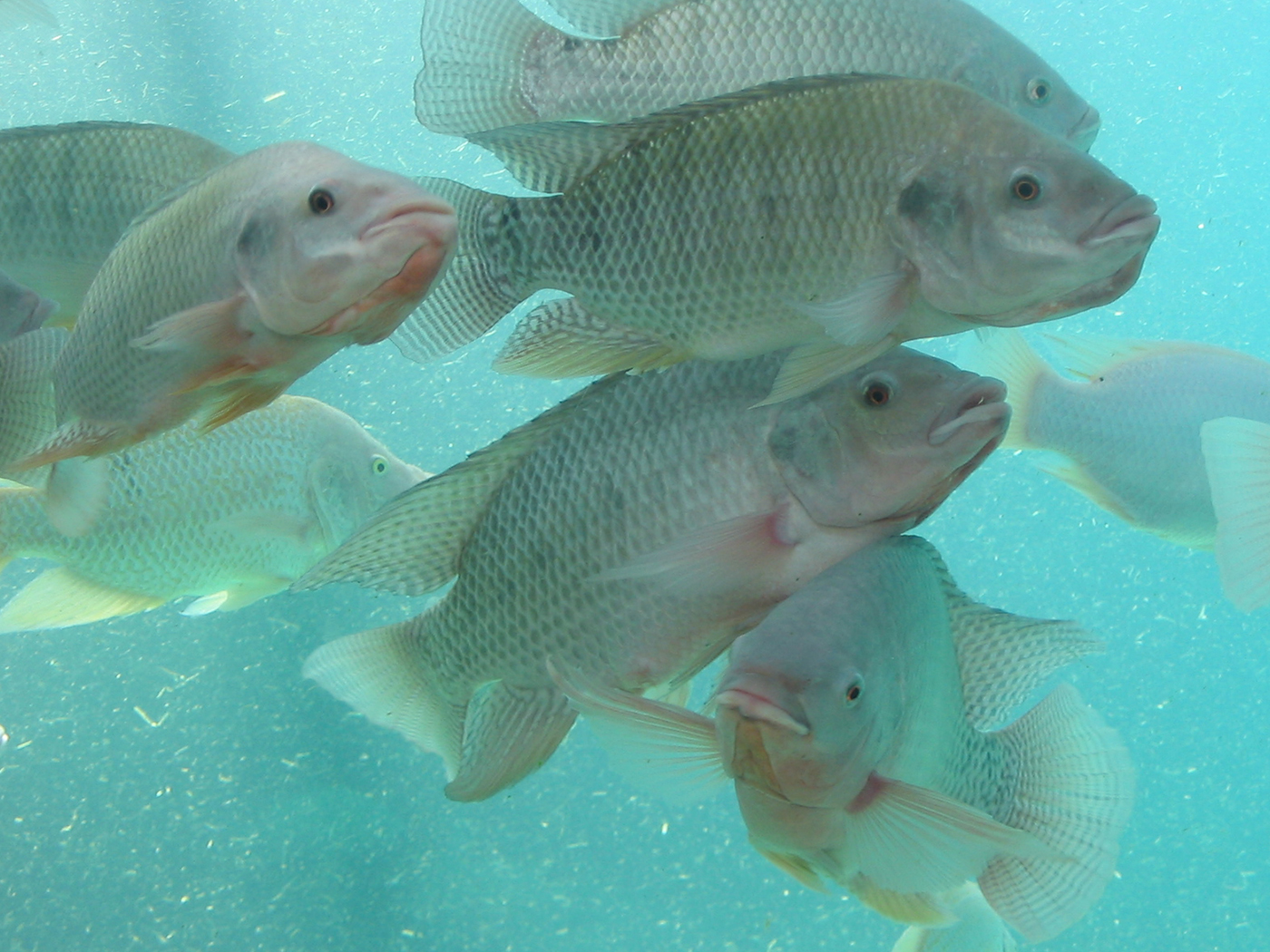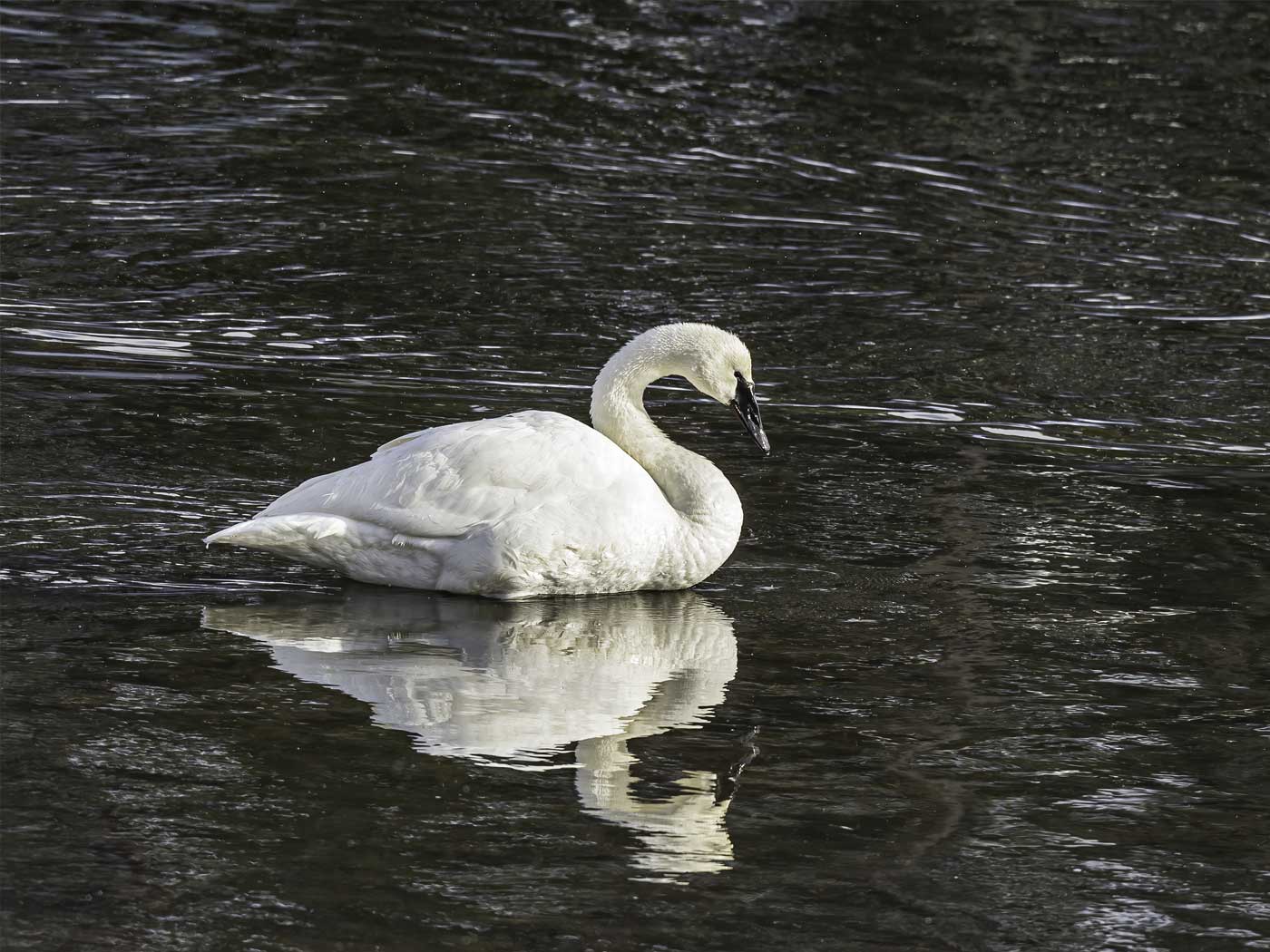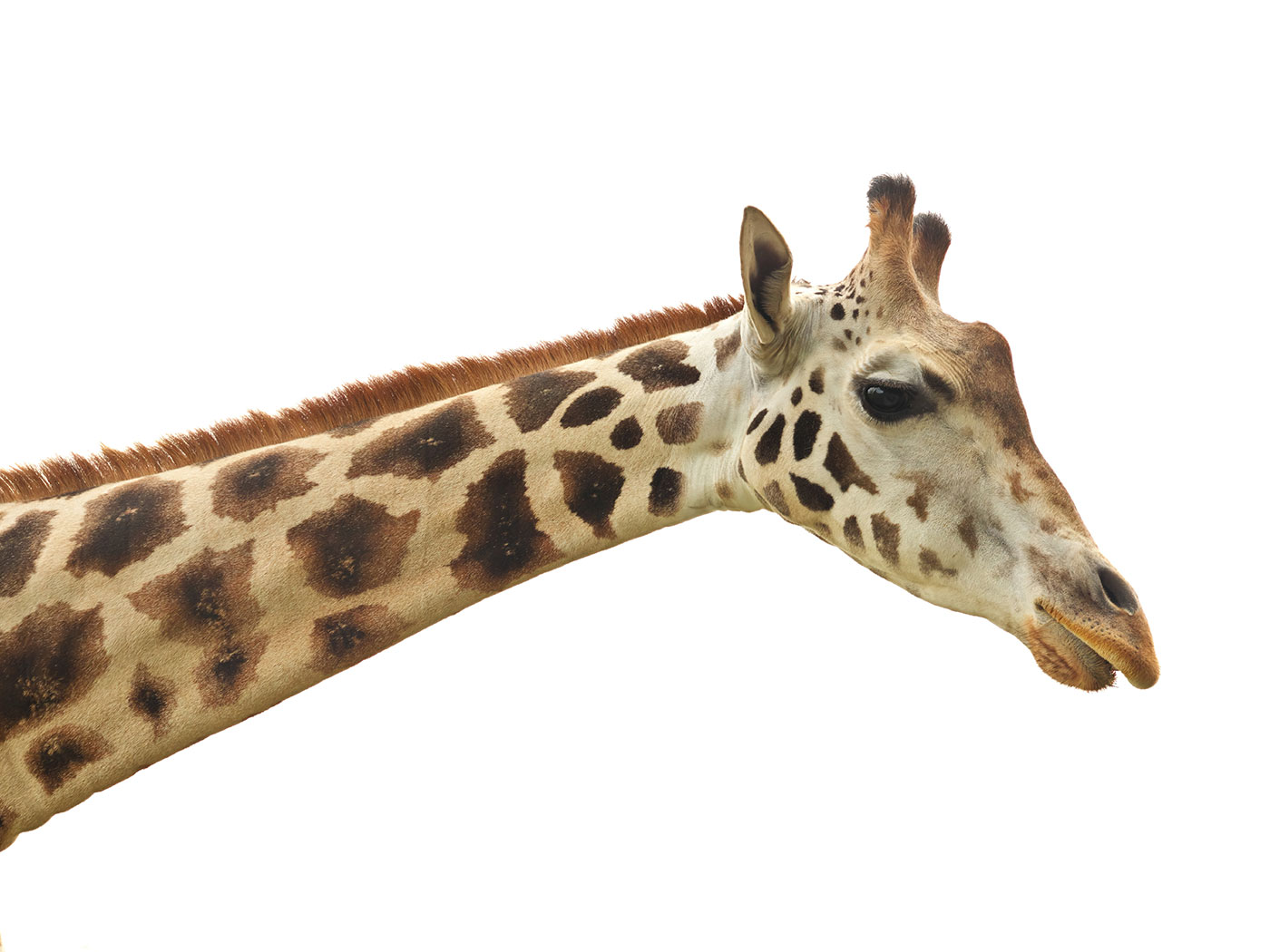Answer: A second swarm larger than the first.1
It was bad enough in February 2020 when eastern Africa was overwhelmed with teeming locust hordes. But now it’s worse—some say 20 times worse!1,2
A second wave of desert locusts is threatening east Africa with estimates that it will be 20 times worse than the plague that descended [in February 2020] two months ago. The locusts present “extremely alarming and unprecedented threat” to food security and livelihoods, according to the UN. A swarm of just more than a third of a square mile can eat the same amount of food in one day as 35,000 people. This second invasion from breeding grounds in Somalia includes more young adults which are especially voracious eaters. In its latest locust watch update, the UN said the situation was “extremely alarming” as an increasing number of new swarms form in north and central Kenya, Ethiopia and Somalia.1
On May 4, 2020 the UN’s FAO reported that the situation is growing alarmingly worse by the day. Extensive rain fell for two months on east Africa which will lead to another generation of breeding with increased numbers. The locusts are expected to spread to other areas, such as Kenya, Ethiopia, Somalia, and even southwest Asia, particularly during May and June.2
But the swarms could spread farther.
Swarms are expected to move further north in Ethiopia and Somalia with a risk that a few swarms may reach Eritrea and Sudan in mid-June. The situation is very worrisome in Yemen because several swarms laid eggs in the interior where widespread, heavy rains fell, which will allow hatching and hopper bands and swarms to form. In the Arabian Peninsula, control operations continue against hopper bands in parts of Saudi Arabia, Iraq and UAE, and hopper and adult groups in northern Oman. Any swarms that form in about mid-May can move to the summer breeding areas in Yemen, Sudan and along the Indo-Pakistan border. Some swarms could perhaps continue to Chad and Niger in June if they arrive in Sudan prior to the start of the summer rains.2
Meanwhile, Uganda is already overrun with the disastrous pests, which ruin food crops and threaten starvation to people—as people are already struggling against the coronavirus. After spring rains fall, prompting vegetation growth, locust armies swarm from the skies, devouring the new crops and other plant-life. A minster at Uganda’s agriculture department said, “This is very active, destructive and we are worried it has come at the time of lockdown. We are a bit overwhelmed.”
Coronavirus lockdowns have slowed the fight against the locusts. Crossing borders is more difficult and deliveries are delayed. “Aerial spraying is the only effective means of controlling locusts, but there have been complaints that the pesticides are affecting livestock.”1
Locusts can travel about 90 miles in a day and devour their own body weight in crops. The chairperson for Uganda’s Kumi district said, “This is seriously going to bring food insecurity…. As we were hopeful of to receive some relief food to support the situation on ground, the locust invaded and COVID-19 lockdown is moving towards devastating the economy.”1
The Bible speaks more about locusts than it does any other insect (or any other invertebrate, for that matter), with one prominent appearance being the eighth plague of Egypt, preceding the Israelites’ exodus under Moses’s leadership.3
Ironically, zoologist George Cansdale notes that locusts are not only voracious consumer of crops and other vegetation, they themselves are edible sources of protein, like crickets and grasshoppers.3
Locusts are now known to be a valuable source of protein, fat and calories. They also have a fair amount of mineral salts but are not rich in vitamins, and at all stages they are considered palatable, especially when freshly-killed and cooked. Europeans have reported them good eating when fried in butter, Arab style.3
Perhaps it feels weird to talk about the devastating effects of locusts on Africa, and to simultaneously recognize that locusts can be a blessing when eaten as nutritious food for humans. They were eaten by John the Baptist, who was first cousin to the Lord Jesus Christ, humanly speaking. The same insect that can devastate human food sources can, itself, be a food source.
Dried locusts contain over 50 percent protein; the fat content varies, sometimes reaching 20 percent. John the Baptist is the only biblical character said to have eaten locusts, and also wild honey (Matt. 3:4). He may have been on a simple and monotonous diet, but at least it was fairly well balanced; the honey would supply carbohydrates in the form of sugar, with some pollen and perhaps bee-grubs in the comb as well.3
In fact, ICR’s Dr. Brian Thomas explains that locusts are actually an optional phase of grasshopper.
Certain grasshoppers are generally mild-mannered and solitary creatures. However, when their population becomes dense enough, their bodies physically change and they clump together, sometimes forming the kinds of swarms [that we call “locusts”] that have plagued mankind throughout history.4
Also, the locust’s physique is well-designed, Dr. Thomas explains, for accomplishing the energetic movements that this jumping insect is famous for.
The locust, actually a grasshopper that only swarms as a locust under certain cues, has a long, narrow tibia as a part of its back leg. As opposed to having to resist compression forces, grasshoppers call upon their tibias to resist bending while jumping. The researchers discovered that "the locust tibia has an r/t value [i.e., radius-to-thickness ratio] that is close to optimal for resisting bending forces, and it appears to have adjusted its detailed shape to improve resistance to ovalization during bending," as would be appropriate for jumping.5
What an unusual creature the locust is!
The locust is horribly disastrous to lands plagued by its swarming infestations. Its voracious appetite is dangerous, a result of the Fall of mankind. Yet, providentially, it can also be a blessing, a nutritious food for hungry people, as it was for John the Baptist. Let us lift up Africa in prayer during this difficult time, that their loss of food supplies can be reversed quickly.
References
1. Okiror, S. Second wave of locusts in east Africa said to be 20 times worse. The Guardian. Posted on theguardian.com April 13, 2020, accessed May 5, 2020.
2. Staff Writer. 2020. Desert Locust Situation Update. Locust Watch. Posted on fao.org May 4, 2020, accessed May 5, 2020.
3. Cansdale, G. S. 1976. All the Animals of the Bible Lands. Grand Rapids, MI: Zondervan, 238-244, with quotation from page 244. Regarding how nutritious food is a providential blessing from God, see Acts 14:17.
4. Thomas, B. The Confusing Origin of Locust Swarms. Creation Science Update. Posted on ICR.org January 8, 2009, accessed May 5, 2020.
5. Thomas, B. 2012. Optimized Engineering in Locust Legs. Creation Science Update. Posted on ICR.org October 3, 2012, accessed May 5, 2020.
*Dr. Johnson is Associate Professor of Apologetics and Chief Academic Officer at the Institute for Creation Research.




